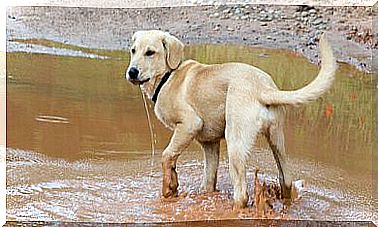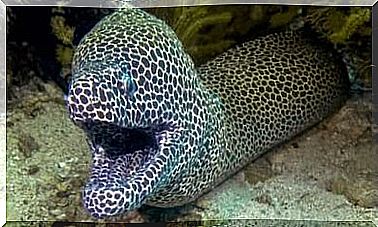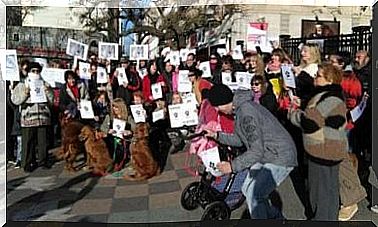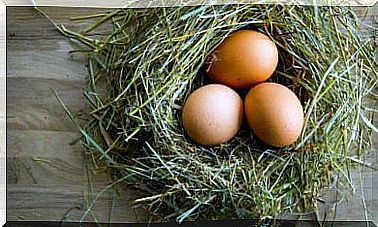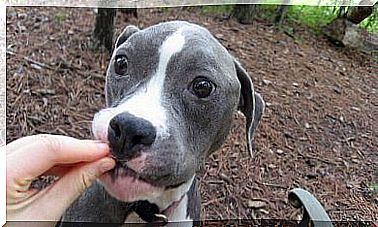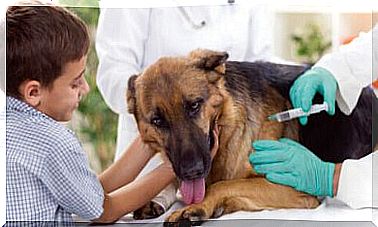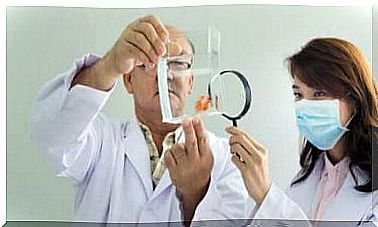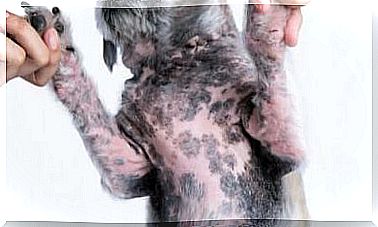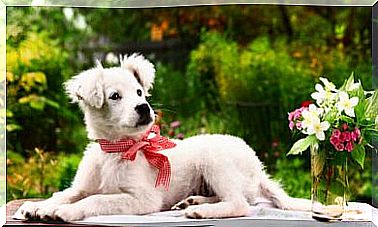What Is Veterinary Physiotherapy?
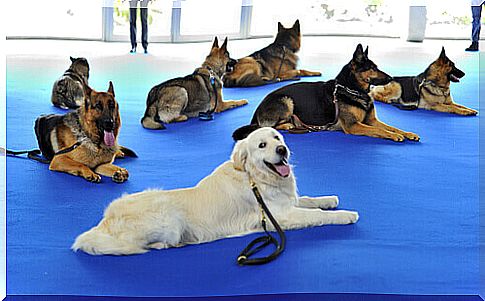
Veterinary physiotherapy is a veterinary therapy useful for relieving pain, for accelerating post-traumatic recovery or post-surgical recovery of animals. Thanks to veterinary physiotherapy, animals can quickly return to their normal activities.
Veterinary physiotherapy also applies to dogs and cats and, nowadays, is internationally recognized as one of the best forms of prevention, treatment and rehabilitation.
In which treatments is veterinary physiotherapy used?
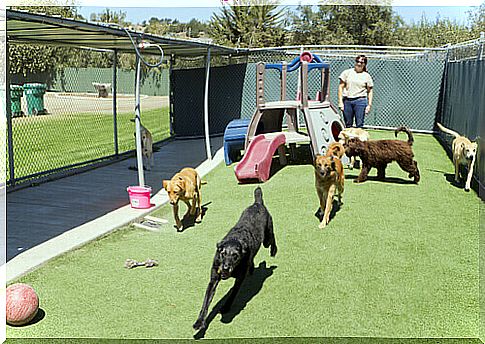
Veterinary physiotherapy is an important complement to traditional therapy and must always be monitored by a veterinarian. It is usually applied for:
- Improving the yield and treatment of injuries to the musculoskeletal system, these injuries are frequently found in competition animals.
- Rehabilitation of subjects with orthopedic or neurological disorders.
- Improve the quality of life of patients suffering from neuro-degenerative diseases, such as osteoarthritis for example, to slow down the process, and to treat muscle spasms.
Veterinary physiotherapy is also very effective for:
- Relieve muscle pain and to treat muscle hematomas.
- To treat muscle spasms.
- To treat contractures.
- To control muscle atrophy.
- In case of rupture of tendons, ligaments or joints.
- In case of sacroiliac injury.
- In case of cruciate ligament injury.
- To optimize post-operative recovery times.
- In the orthopedic field.
- To optimize the healing of normal fractures and pseudarthrosis (generally over time, bone fractures heal, but if healing has not been achieved after six months, there is a complication called pseudarthrosis ).
- To relieve pain caused by arthritic joints .
- To maintain and improve the functionality and tone of the muscles.
- In case of use of orthopedic splints.
- For wound healing, minimizing scarring.
- In case of gingivitis.
- In case of spondylosis or arthritis of the spine.
- In case of fibrocartilaginous embolism.
- In case of Wobbler Syndrome.
- In case of degenerative myelopathy.
- In case of bone marrow injury or trauma.
- In case of neurological damage.
- In case of back pain.
Who puts this therapy into practice?
There are veterinarians who specialize in veterinary physiotherapy. Professionals in the field use manual techniques and physiotherapy tools to implement the various rehabilitation techniques.
Physiotherapist veterinarians are experts in joint mobility. Thanks to the expertise of these professionals, pain relief and the recovery of the animal’s normal motor skills are achieved.
Furthermore, many animals need specific exercises to complete the rehabilitation cycle, especially in the case of surgery or chronic musculoskeletal disorders.
A physiotherapist veterinarian can design a specific exercise program to help each animal use its full potential.
Physiotherapists veterinarians also give useful advice regarding adaptation to the environment, essential to allow the animal to move without major external difficulties. The above is especially useful in the case of elderly animals or subjects who have just been operated on.
Treatment techniques include:
- Application of compresses (cold and hot).
- Massages.
- Joint mobilization.
- Stretching.
- TENS (ie Transcutaneous Electric Nervous Stimulation. Electroconductive plates are applied to the skin that excite only the nerve fibers of tactile sensitivity located just under the skin. The nerve impulses arrive at the spinal cord, through the sensory nerves, and block the pain).
- Electroanalgesia.
- Ultrasound.
- Active, active-assisted or passive mobilization.
- Muscle strengthening.
- Functional re-education of the patient.
- Exercises of mobilization, balance and coordination.
When should the treatment be started?

Physiotherapy should begin after surgery or after the injury is reported. If you also report injuries, there is no need to wait for the stitches to be removed.
You can start shortly after bringing the animal home or, in some cases, while it is still admitted to the veterinary clinic.
You should know that physiotherapy is also useful for reducing swelling and stiffness, to soothe muscle atrophy and to control the degeneration of other tissues, such as cartilage, bone or ligaments.
All the complications and injuries that can result from decubitus or immobility can be avoided thanks to veterinary physiotherapy.
Physiotherapeutic treatment must be subject to the veterinarian’s prescription. By doing so, you will be sure that you have a correct diagnosis and that you have carried out all the necessary clinical tests. The rehabilitation program is always agreed with the veterinarian who is treating the animal to respond to its specific needs. The number of sessions will depend on the patient’s condition.
